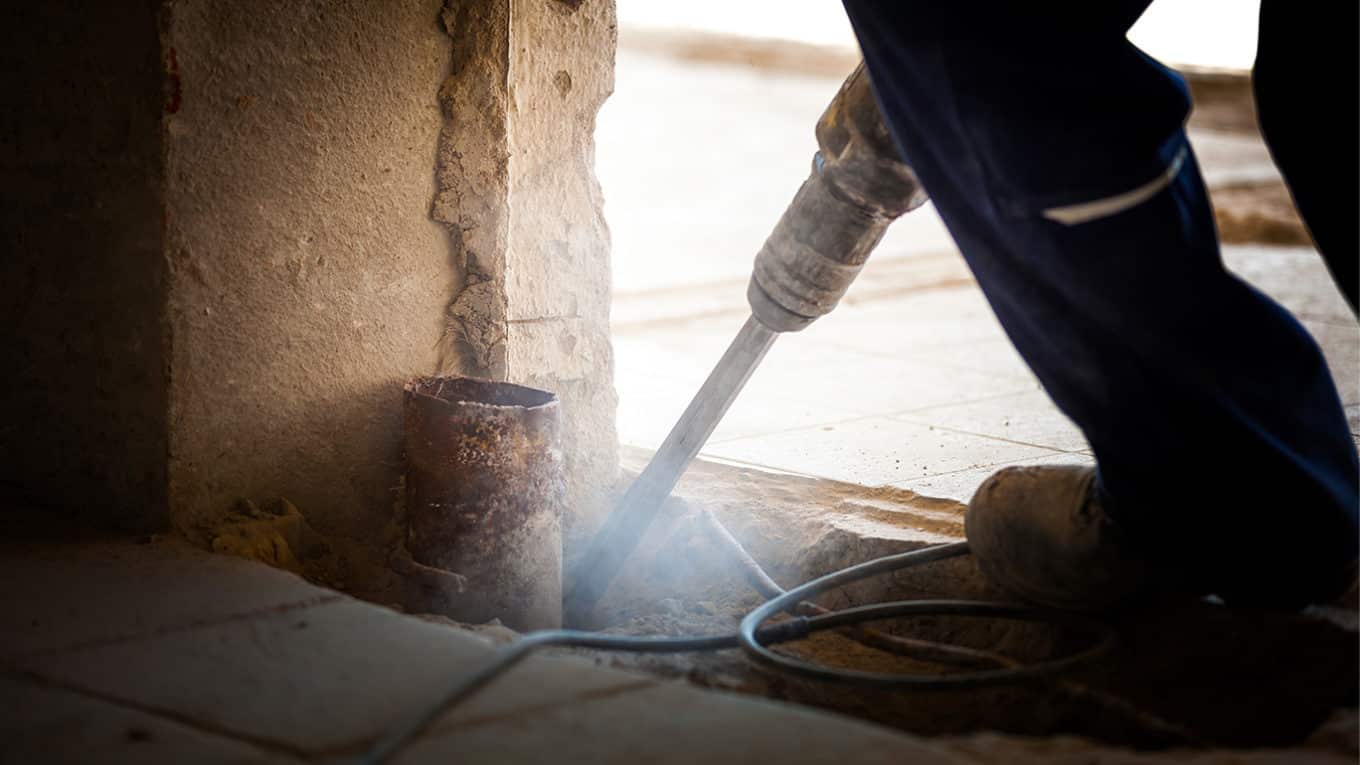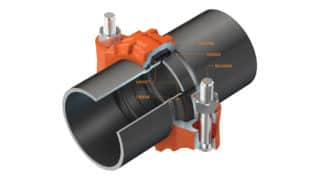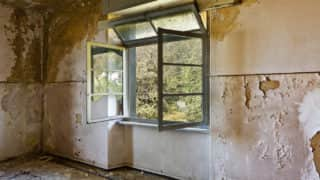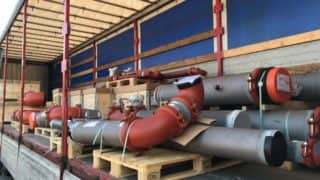Posted on March 26, 2019
The Top Six Mechanical Retrofitting Best Practices for Existing and Historic Buildings
There are many reasons why a historic or existing building may require a new heating or cooling system:
- The owners may wish to update an old boiler system with more modern heating pumps or chillers to increase the system’s capacity or efficiency
- The pipe sizes within a system may need to be altered to increase the flow
- The system in place is so worn out that it becomes a threat to the building’s integrity
- The desire to make a building more marketable or when changing its usage
- Complying with new building codes and regulations
All these instances require working with an existing piping system. The compatibility of the two systems is not always guaranteed, posing a real challenge to owners, engineers, and installers. Problems caused by confined spaces, working around existing structures and limited site accessibility often result in an even bigger challenge. But more critical is the risk of damage to the building and the existing decoration and paint. There are potential fragility and discoloration as well as vulnerability to fire hazards, often caused by extensive use of welding.
In this series, we’ll look at the top six mechanical retrofitting best practices to reduce and avoid the above-mentioned risks and to bring maintenance and refurbishment of these buildings to a successful end.
Tip One: Effective Project Design and Preparation are Essential
Planning and preparation are crucial in retrofit projects where many factors concerning the building’s preservation need to be considered. Specifying the right pipe joining method from the start can help overcome most of these challenges and can result in a swift installation and material handling. Using today’s modern design technologies, such as 3D modeling, scanning and walk-throughs bring along numerous advantages. Not only will implementing mechanical retrofitting best practices enable more accurate designs and solve issues like pipe collisions at an early design stage, but it will also enhance onsite material handling.
Using modern design technologies allows the output of detailed bill of materials and pipe cut length sheets, resulting in leaner fabrication techniques, improved material handling, and less time spent on the job site.
As we continue to examine the top six mechanical retrofitting best practices, make sure to check back into our six-part series to learn more about the top benefits when retrofitting existing and historic buildings.
View the complete Mechanical Retrofitting Best Practices series here:
- Effective project design and preparation are essential
- Select the correct mechanical pipe joining method
- Take unforeseen circumstances and historic preservation & sustainability into account
- Maximize jobsite productivity
- Implement modular mechanical room to improve system efficiency
- Mechanical noise and vibration control methods



